Search
Remove Ads
Advertisement
Summary 
Loading AI-generated summary based on World History Encyclopedia articles ...
Search Results

Definition
Nineveh
Nineveh (modern-day Mosul, Iraq) was one of the oldest and greatest cities in antiquity. It was originally known as Ninua, a trade center, and would become one of the largest and most affluent cities in antiquity. It was regarded highly by...

Image
The Taylor Prism of King Sennacherib, Nineveh
This prism records the first eight campaigns of the Assyrian King Sennacherib (704-681 BCE). This six-sided baked clay document (or prism) was discovered at the Assyrian capital Nineveh, in an area known today as Nebi Yunus. It was acquired...

Image
A Terracotta Foundation Document from Nineveh
This terracotta prism was found in Nineveh. It documents Sennacherib's military campaigns and the rebuilding of the city of Nineveh. The siege and the capture of Lachish and Jerusalem occurred during his 3rd military campaign in 701 BCE...
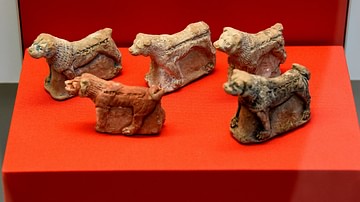
Image
Model Clay Dogs from Nineveh
These counterparts of real mastiffs were buried to guard a property from devils and demons. Ritual instructions for making and inscribing them survive on clay tablets. This pack was found beneath a palace doorway at Nineveh. Each is named...
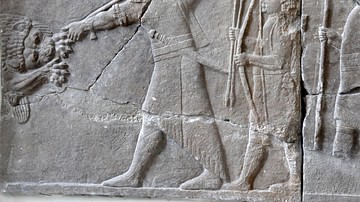
Image
Assyrian Lion Hunt Relief, Nineveh
Gypsum wall relief depicting the typical royal hunting of lions, part of a longer sequence. The king, Ashurbanipal II, thrusts a spear onto a leaping and furious lion. Behind him, an Elamite squire assists him. Partially appearing on the...
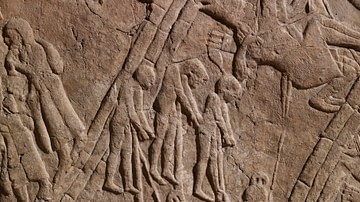
Image
Lachish relief at Nineveh
Wall relief showing prisoners being strung up on poles, with the pole inserted up through the ribs after the Assyrian king Sennacherib conquered the Israelite city of Lachish in 701 BCE. South West Palace, Nineveh. The British Museum, London...
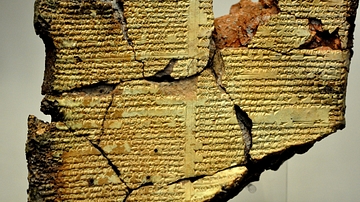
Image
A partially vitrified tablet from Nineveh
The age-old vulnerability of libraries in times of warfare applied as ever during the sack of Nineveh. Many tablets were badly smashed, while others probably perished altogether. With some, such as this tablet of lunar omens, severe burning...
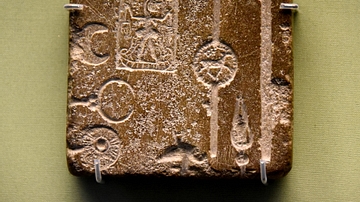
Image
Stone Mould from Nineveh
This mould was used to make small and cheap metal amulets. One is an image of demonic Lamashtu, to keep her away from women and their new-borne infants. From Nineveh, Northern Mesopotamia, Iraq. Neo-Assyrian Period, 800-612 BCE. (The British...
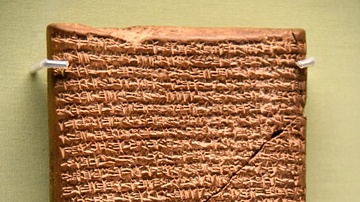
Image
The Babylonian Chronicle and the Fall of Nineveh
This clay tablet is one of a series that chronicles important events between 747-282 BCE. Here, the text narrates the events between 615-609 BCE, and includes an account of the destruction of the Assyrian capital, Nineveh. This is a copy...
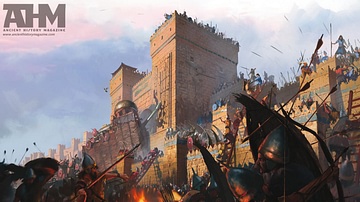
Image
Siege of Nineveh, 612 BCE
A recreation of the Siege of Nineveh (c. 612 BCE) by Vilius Petrauskas.
Courtesy of Ancient History Magazine / Karwansaray Publishers.